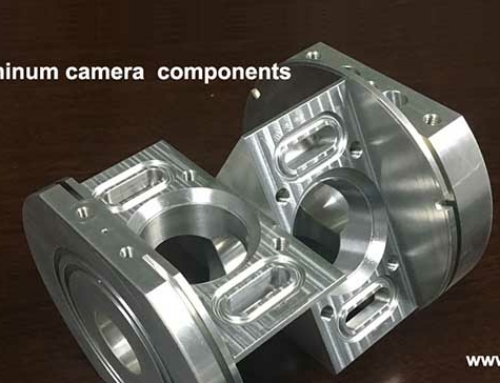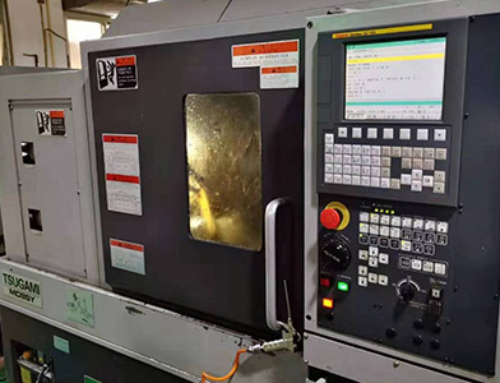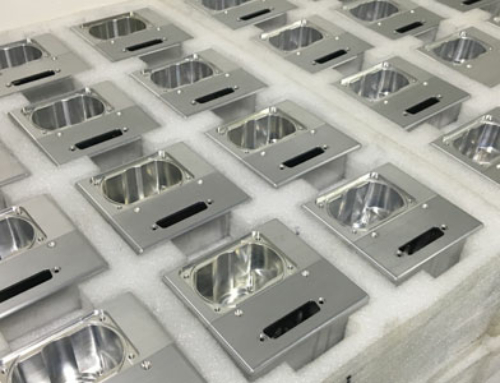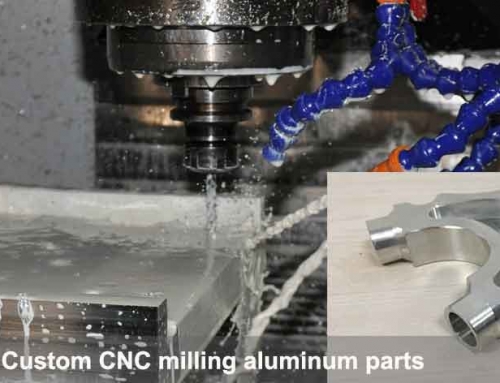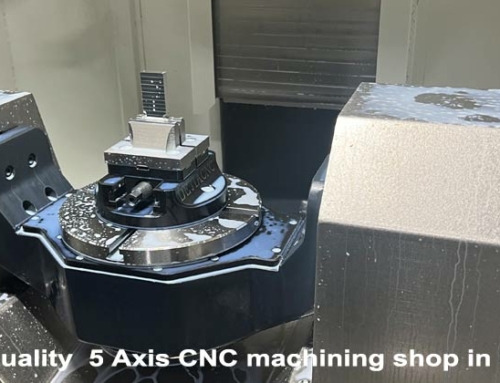Sustainability in CNC machining allows manufacturers should focus on minimizing environmental impact while ensuring cnc machining process is high efficiency and quality. We analysis from these two key aspects,which are recycling and material optimization. Two effective methods significantly contribute to reducing waste, conserving resources, and promoting eco-friendly manufacturing practices.
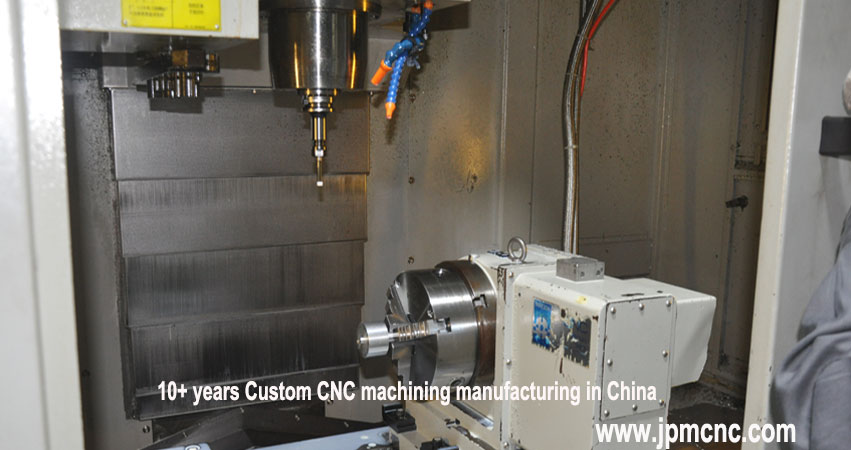
cnc precise machining and manufacturing
Recycling in CNC Machining
This involves the efficient handling and reuse of materials and byproducts generated during machining. It includes scrap recycling, coolant and lubricant recyclings and tools recycling. Effective recycling measures can help us implement a good sustainability in cnc machining.
Metal Scrap Recycling
CNC machining produces a significant amount of scrap metal, including chips and offcuts. Firstly, we should clean all waste metal chips and scraps after each batch production is over due to different material products and parts manufacturing. These waste metal scraps can be collected, sorted with reliable vessel and delivered to refinery factory and melted for reuse in manufacturing new products. Our common metal scraps include Aluminum chips, copper scraps, Carbide Steel chips, stainless steel and other specific type steel material. These waste scrip material should be sorted and storaged and reused. Keep environment clear and waste material recycling and reuse.
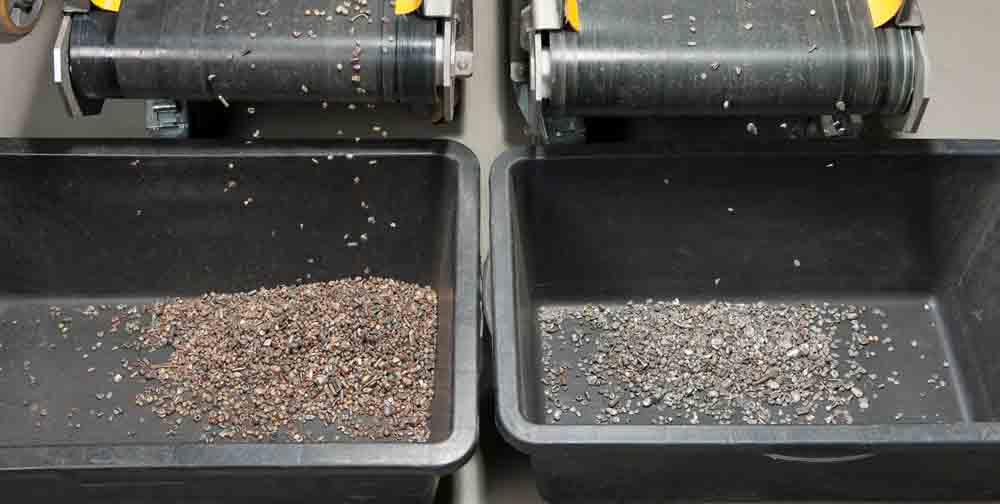
metal scraps sorted and collected and recycling
Coolant and Lubricant Recycling
Coolants and lubricants are essential in CNC machining. The machined parts produces heat power and push up their temperature, maybe lead to tools performance become poor, so these coolant and lubricant fluid should be used to lower the parts’ high temperature. Though they can be hazardous to the environment if disposed of improperly. Equipped with filtration and purification systems allow these fluids to be recycled, reducing waste and cost. This guarantees that cnc machining can run smoothly and prolong the life of the tools.
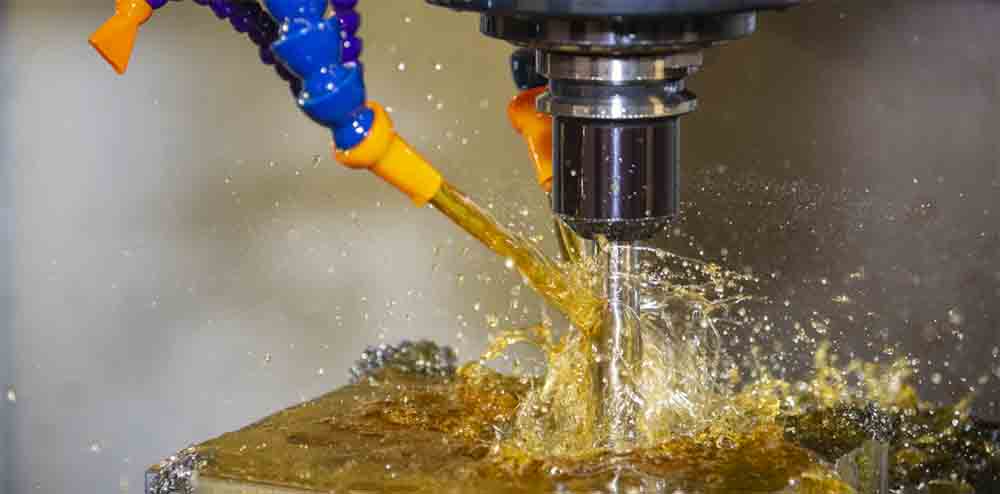
Tool Recycling
Tools can be worn off while cnc machining processes some high hardness metal material. These worn-out cutting tools, made from materials like carbide or high-speed steel, can be recycled into new tools or other applications. Such as the tools worn can be used to process some common steel and plastic material or modified and reused. We still maintain these cutting tools sustainability and minimize impact of environment.
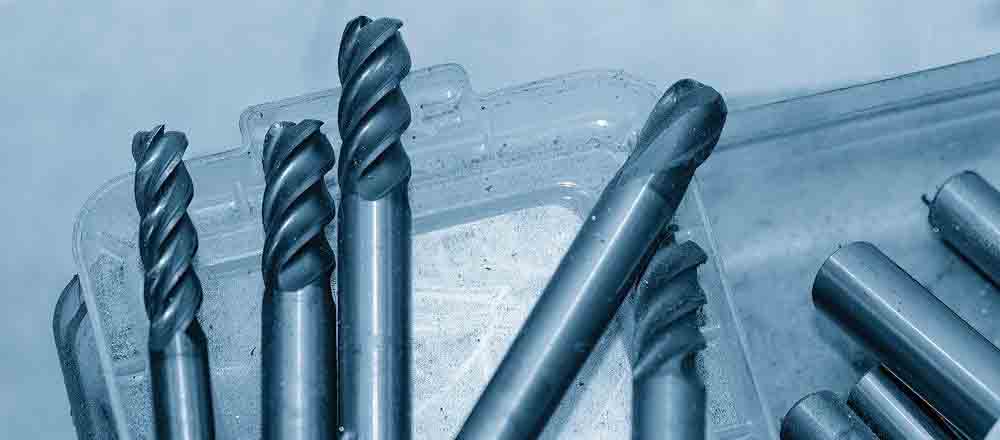
Material Optimization
Material optimization in CNC machining means minimizing waste and improving resource usage and efficiency. It is called as one of CNC Machining Cost Optimization Strategies. We should select prior material to process the parts that client requires relying on the functional requirement and applications, consistently optimize process program, choose the best toolpaths router, and precisely machining the parts.
Precision Programming
We choose Advanced CNC software, which includes Auto CAD and CAM software. The digital control system ensures precise cutting paths, reducing unnecessary material removal and minimizing scrap. Meanwhile the soft can also simulate tools can optimize machining strategies before actual production, further reducing material waste. JingXin Senior engineers all draw the CAD files for the cnc machining process, and then import these CAD files into CAM system, and conserve into G-code programming, avoid unnecessary errors and defect products produces in cnc machining process.
Part Nesting
Part nesting is a manufacturing technique used to maximize the efficiency of material usage in processes such as CNC machining, laser cutting, plasma cutting, waterjet cutting, and sheet metal fabrication. It involves arranging parts to be cut or machined in a way that minimizes waste, optimizes machine runtime, and reduces production costs.
Lightweight Design
Designing parts with minimal material while retaining strength reduces material usage without compromising quality. This kind of design is only suitable for common and regular simple part, without tight tolerance dimensions requirements and precise installment setting. These parts productive rate is high and large volume production. Our company introduced hundreds sets of cnc machining equipment to engaging in lightweight design products production.
Material Selection
Using materials with high machinability reduces energy consumption, wear on tools, and material wastage during the process. Such as some functional components, which require strong stentile strength and corrosion resistance and thermal conductivity. We will choose aluminum material to replace copper material, and precisely cnc machining them and achieve client’s requirements and functional applications in fact. Doing in this way, we lower the cost of material and saving much money for client.
Advanced Technologies Supporting Sustainability
With the innovation and development of CNC Machining Technique, Our common 3 axes cnc machining center will evolve into 5 axes cnc machining equipment, process program and toolpaths become more and more complex and accurate. Whenever, advanced technologies supporting sustainability. From the below listed items , we can find this regulation. The pursuit of Sustainability in CNC machining drives these technological innovations:
Additive-Subtractive Hybrid Machines
These machines combine 3D printing and CNC machining, enabling near-net-shape manufacturing and reducing material waste.
IoT and Data Analytics
Monitoring energy and material usage in real-time helps identify inefficiencies, leading to informed decisions for sustainability improvements.
Green Energy Integration
Using renewable energy sources for powering CNC machines can significantly reduce the carbon footprint of machining operations.
Benefits of Recycling and Optimization
- Reduces raw material costs and reliance on non-renewable resources.
- Minimizes waste disposal costs and environmental pollution.
- Enhances the company’s sustainability profile and compliance with green manufacturing standards.
Conclusion
Sustainability in CNC Machining told us that integrating recycling systems and prioritizing material optimization. Whenever how advancement technology and science is, sustainability is all maintained consistently. So CNC machining can align with the principles of circular manufacturing, contributing to a more sustainable future.


